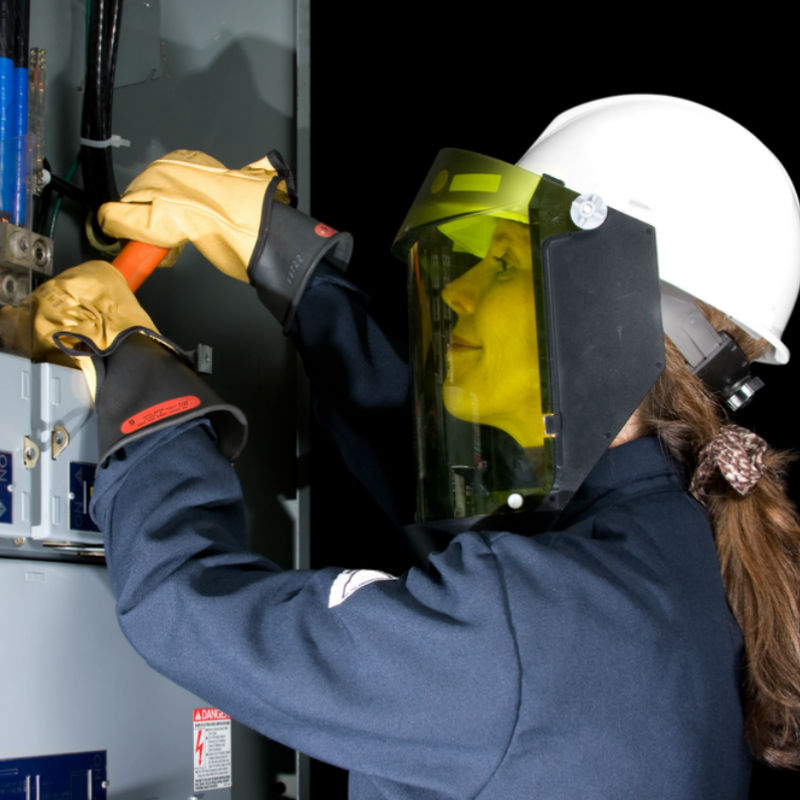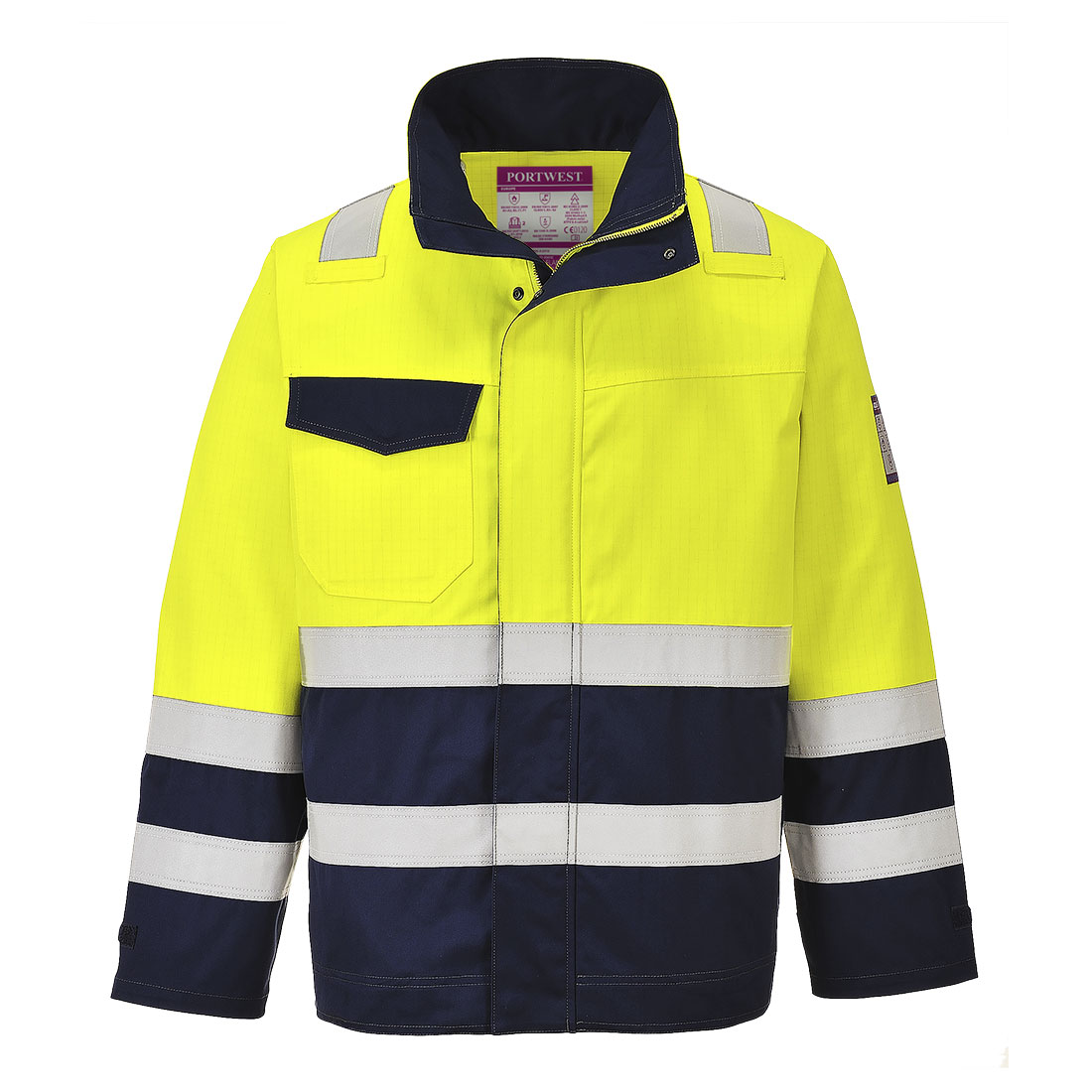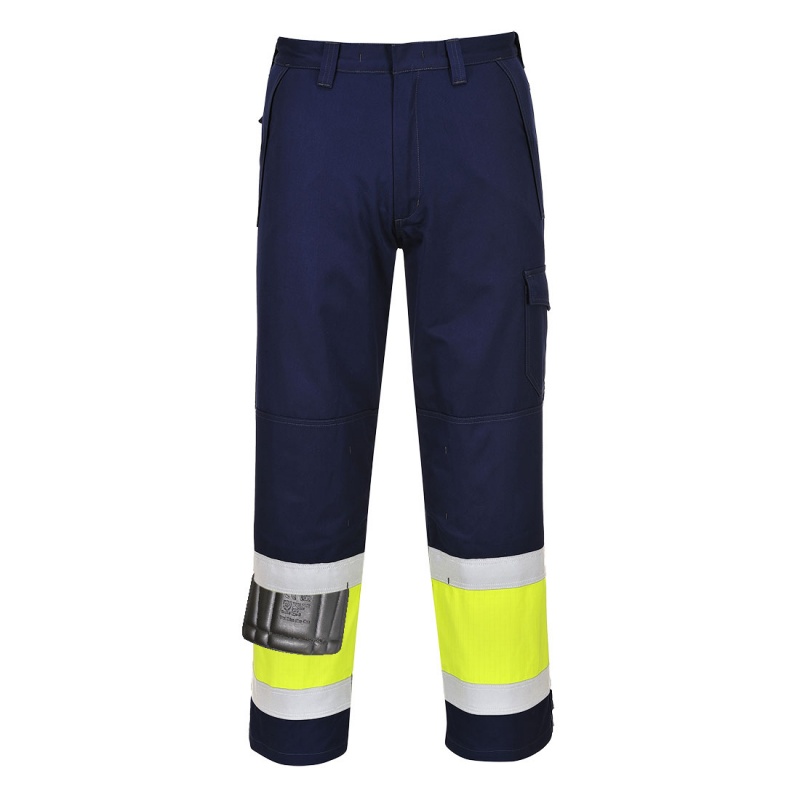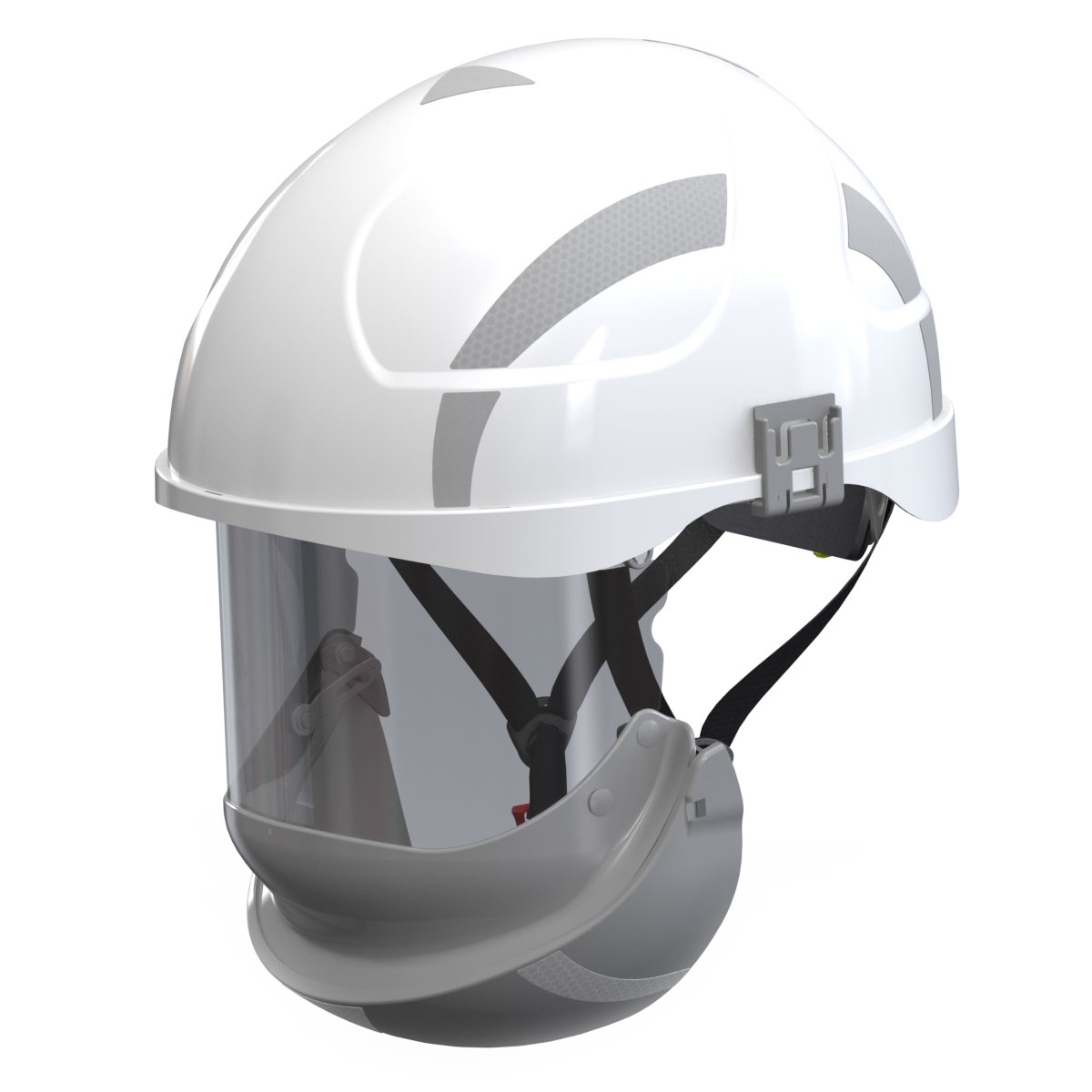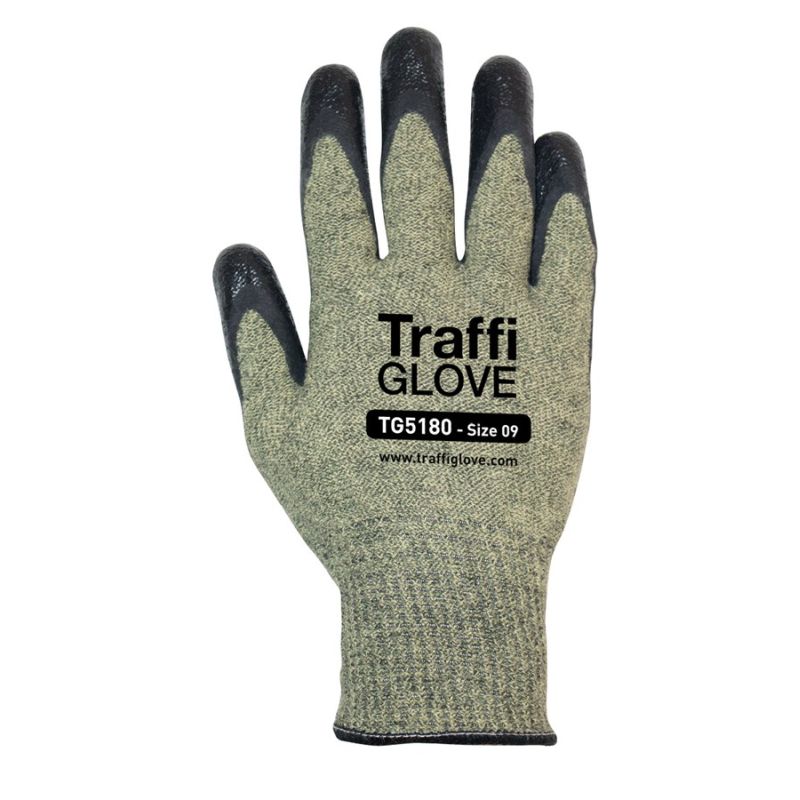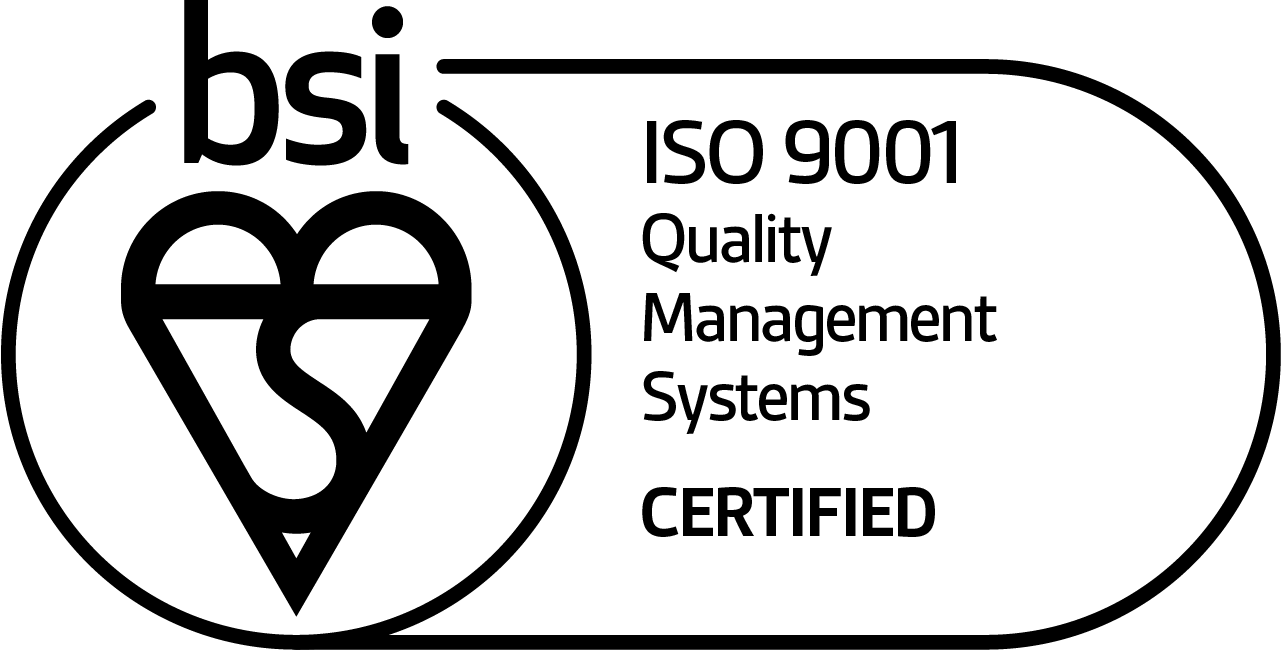| Arc Flash Protection: What Do I Need to Know?3 February 2020 Arc flashes typically last less than a second, yet they can reach temperatures four times hotter than the surface of the sun. Even if you are over 10 feet away from the arc flash it can still easily result in fatal burns.
Many simple electrical faults can result in an arc flash, and it is essential to wear protective clothing when performing tasks that put you at risk. Garments that have been designed to protect the wearer from arc flashes typically conform to certain certifications so you can assess their suitability. What Professions Require Arc Flash Protection?Arc flashes can occur during any work involving energised electrical equipment. For example, electricians and maintenance workers are both at risk of arc flashes. Below are some further examples of industries where arc flashes are a concern:
What Is an Arc Flash?When an area develops a strong electrical field the surrounding air is ionised. This means that the atoms are capable of carrying an electrical current without direct contact. An arc flash is a high power discharge of electricity passing through ionised air. What Causes Arc Flashes?When the air is ionised electricity can be conducted with minimal provocation.
What Makes an Arc Flash So Dangerous?Arc flashes have four harmful results:
An Introduction to Arc Flash StandardsIn order to protect workers from arc flashes several safety standards have been established. It is worth noting that while all ARC rated garments are flame resistant, not all flame resistant garments are ARC rated. It is important to be certain of the specific certifications your profession requires. Common Arc Flash StandardsIEC 61482-2 This standard assesses the resistance of clothing to the thermal effects of electrical arcs. In order to meet this standard a garment must undergo both of the following two tests. 1. Box Test Method IEC 61482-1-2: The garment is exposed to an electric arc in a confined box for 0.5 seconds. If the garment receives a Class 1 rating it means that it can withstand a 4kA (4000 amps) arc without the wearer suffering second degree burns. If the garment receives a Class 2 rating it means it can withstand a 7kA (7000amps) arc without the wearer suffering second degree burns. 2. Open Arc Method IEC 61482-1-1 This test aims to establish the 'APTV' of a fabric. The APTV (Arc Thermal Performance Value), otherwise known as the Ebt (Energy Breakopen Threshold), of a fabric refers to the amount of energy required to cause a 50% probability of second degree burns through the material, prior to holes or tears forming in the fabric. The APTV of a fabric is expressed in cal/cm², which refers to the amount of thermal energy distributed per square centimetre needed to cause second degree burns. The higher the APTV of a fabric then the higher the level of protection offered. A worker is assumed to be safe if the ARC rating of their clothes, or APTV, is higher than the highest possible electric arc energy in their given task. The table below indicates the required APTV of fabric to attain each ARC rating.
ASTM F1959/F1959M - 14 This test method is similar to the Open Arc Method mentioned above. However this rating usually includes a HAF value, which stands for the Heat Attenuation Factor of the garment. This is the percentage of heat that is blocked by the fabric. A Case Study: Portwest Arc Flash JacketLet's put this into practice. Portwest has a fantastic range of Arc Flash apparel available. As an example let's use the Portwest MV25 Modaflame High-Vis Arc Flash Jacket.
What Certifications Does the Jacket Receive?The MV25 Jacket received the following certifications:
ASTM F1959 The jacket's Arc Thermal Performance Value (ATPV) is 8.4 cal / cm². This means the arc flash must reach a value of 8.4 calories per centimetre squared to have a 50% chance of causing second degree burns to the wearer. An ATPV of 8.4 cal / cm² qualifies the jacket for an ARC rating of 2. IEC 61482 -1 - 2 The jacket was tested as Class 1 by this standard, meaning that it withstood a current of 4kA in a confined environment before resulting in a 50% probability of second degree burns to the wearer. Do Metal Closures Such as Studs or Zips Impact Arc Flash Rating?Arc flash standards to do not expressly prohibit the use of metal closures, as no evidence has been found that a metal zipper or stud would increase chances of injury in the event of an electric arc. Generally however, these metal fastenings are concealed by a layer of arc flash rated material for additional protection. These metal elements may also be made out of brass, which is less conductive and therefore even less of a concern. Can Arc Rating Be Improved By Layering?Yes, absolutely. Garments can be layered to achieve an overall ATPV rating. That is to say, the combination of two garments ATPV will be greater than the sum of the two single layers, as the air between the layers provides additional protection. Below are some further arc flash protection garments.
Where Can I Find More Arc Flash Workwear?For further information and ARC rated apparel have a look through our Arc Flash Workwear category! If you have any questions on our ear defenders or anything to add, then we would love to hear from you. Please leave a comment below! |
